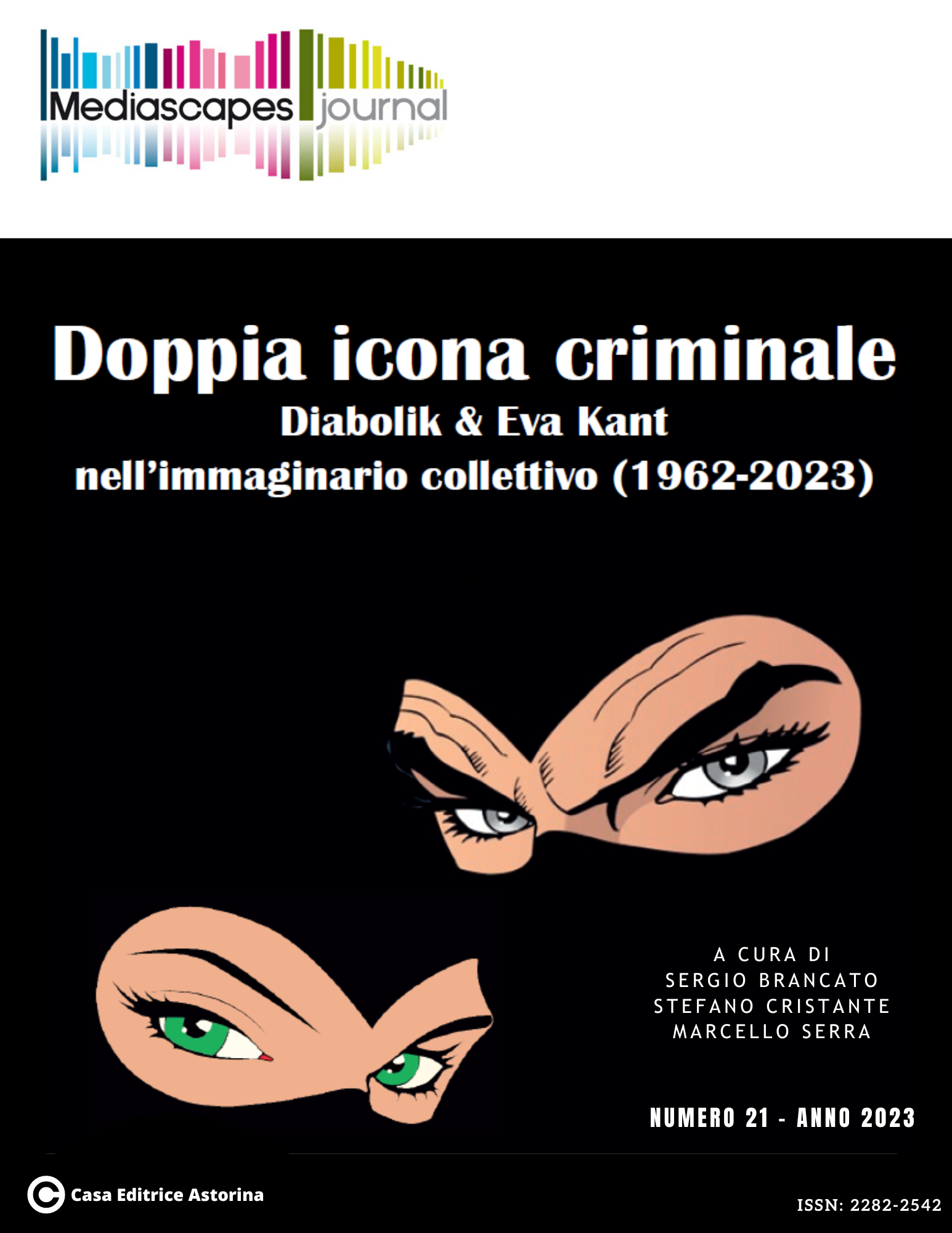Tra spazi fisici e digitali
Come i giovani raccontano la pandemia attraverso il visual storytelling
Parole chiave:
young people, covid 19, visual storytelling, digital platformsAbstract
This article focuses on the perception of physical and digital spaces by young people during the pandemic period and the transformation of their relationships (with themselves and others) within those spaces. The pandemic has undoubtedly caused a disruption in social rituals and a radical reorganization of the timing and rhythms of daily life. As part of the activities of the PRIN project "Inhabiting uncertainty: A multifaceted study on the relationship between social attitudes and lifestyles in pandemic spaces," the research unit affiliated with the University of Turin analyzed 69 visual storytelling projects created by a sample of young individuals belonging to Generation Z (conventionally defined as those born between 1997 and 2010) during a post-pandemic period, between March and June 2022. Using these visual and creative outputs, the young participants in the study attempted to express, through reflective narratives, how physical and digital spaces were inhabited, experienced, and semantically reworked during the pandemic, particularly during the first lockdown. Through a bottom-up qualitative methodology, the narratives constructed through visual storytelling contributed to providing a comprehensive overview of how the young boys and girls lived through a critical and challenging phase of their existence. They attributed new meanings to social spaces and identified creative and alternative forms of managing social relationships and the self. Within this context, attention was given to the role played by media, particularly digital platforms, which, especially during the pandemic, served as a complementary space to the private and physical realm of the home and the external sphere of public life, consisting of squares, streets, and significant places such as schools, gyms, and churches.
##submission.downloads##
Pubblicato
Come citare
Fascicolo
Sezione
Licenza

TQuesto lavoro è fornito con la licenza Creative Commons Attribuzione 4.0 Internazionale.
Gli autori che pubblicano su questa rivista accettano le seguenti condizioni:
- Gli autori mantengono i diritti sulla loro opera e cedono alla rivista il diritto di prima pubblicazione dell'opera, contemporaneamente licenziata sotto una Licenza Creative Commons - Attribuzione che permette ad altri di condividere l'opera indicando la paternità intellettuale e la prima pubblicazione su questa rivista.
- Gli autori possono aderire ad altri accordi di licenza non esclusiva per la distribuzione della versione dell'opera pubblicata (es. depositarla in un archivio istituzionale o pubblicarla in una monografia), a patto di indicare che la prima pubblicazione è avvenuta su questa rivista.
- Gli autori possono diffondere la loro opera online (es. in repository istituzionali o nel loro sito web) prima e durante il processo di submission, poiché può portare a scambi produttivi e aumentare le citazioni dell'opera pubblicata (Vedi The Effect of Open Access).


